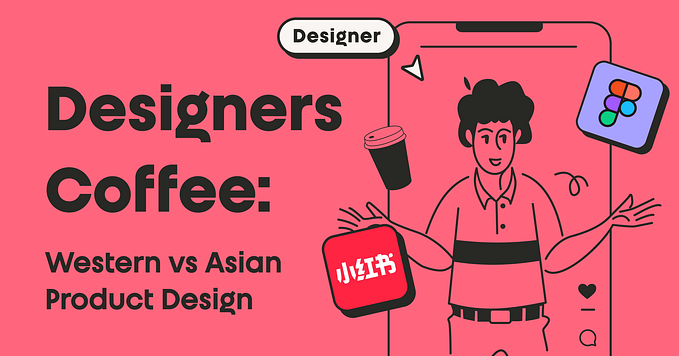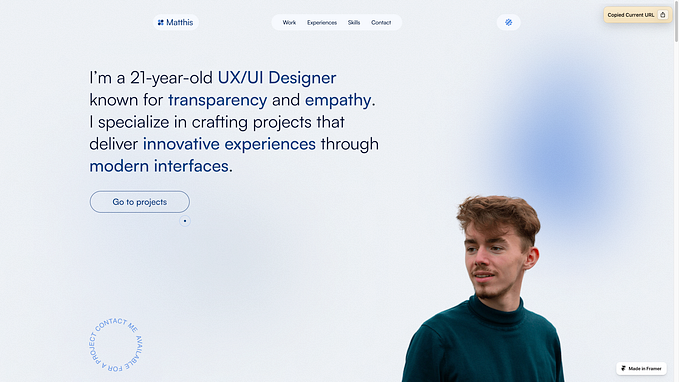Conversational UI: it’s not just chat bots and voice assistants — a UX case study

When the iPod came out in 2007, a lot of people still didn’t realize that touch based mobile computing was going to completely transform the way we not only designed interfaces, but engineered them. In the next decade, we are going to see the very same things happen with artificial intelligence and Conversational UI.
Like the streamlined touch interface Apple provided, Conversational UI isn’t a technology or piece of software. It’s a paradigm for interacting with technology that contextualizes the interaction in human terms first.

Conversational UI is not just chat bots and voice assistants
Both of these are great examples of Conversational UI that are often the first things in the minds of anyone already familiar with the topic. Voice assistants are widely recognized after becoming infamous in the news recently for privacy concerns. Chat bots are similar to the robo callers everyone’s gotten before when calling their bank or ISP. In their simplest form, they’re basically fancy answering machines. The marketer’s dream chat bot is an AI-driven customer service machine that can pitch better than their best salesperson without the risk of any PR gaffes.
Conversational UI is not just these specific implementations though, but an overarching design principle. You can apply Conversational UI to an application built to record field data for a researcher, or an ecommerce site trying to make it more accessible for people to make a purchase. Anywhere where the user can benefit from more straightforward, human interaction is a great candidate for Conversational UI.
Conversational UI is all about information and making it accessible
Information drives technology and culture, and us humans can’t get enough of it. It’s the reason the internet age has so radically transformed us: for the first time the individual’s access to information is almost infinite. As a species, the primary questions no longer center around how to obtain and distribute information, but how to consume, prioritize, and contextualize it now that it’s at out fingertips.
Conversational UI answers the question “What is the best way to transfer knowledge between humans?” with it’s own question: “How does a toddler learn?” And if you’ve ever been around a toddler you probably know that toddlers learn by asking a lot of questions.

Probably the most natural way for us humans to transfer our information, our culture, is by talking with each other and asking questions. And this is what Conversational UI strives to replicate at its core. If it’s done correctly, Conversational UI can do something really incredible, because there is always something underpinning human conversation that it intrinsically tied to culture, and that is fear. Fear that the question you ask might get judged, that the opinion you hold may change the way others think about you for the worst.
With Conversational UI, though, users get the comfort of a humanized interaction without this fear. This is such a transformative experience for information, because it breaks down that barrier in a way that is especially accessible.
Just like the touch interface, not everything will become conversational
What doesn’t fit the principles of Conversational UI well? Products where the use case involves a technical user who wants fine grain control over the interface, and wants to get into the nitty-gritty of its individualized functions to use and combine them in fresh ways. Example use cases would be CAD design software, or a programming IDE. Trying to integrate conversational UI principles may make certain functions more accessible to new users, but would likely frustrate and slow down experienced ones.

Conversational UI is going to get cheap fast, and it’s going to make it difficult to find real solutions
If you’re at all familiar with the Gartner Hype Cycle, you’ve probably been thinking about it as you regard Conversational UI, and you are absolutely correct to. In so many ways, Conversational UI is a prime candidate for a very inflated peak of expectations and a very low trough of disillusionment.

One of the reasons for this is that Conversational UI is in itself not difficult to build from a software architecture point of view. Unless you’re trying to integrate something like AI, a lot of the legwork in the Conversational UI paradigm is actually in the research and design that goes into it. So what you are bound to see is a lot of companies who skip that step (the hard and costly step) and instead focus on creating a product that looks like it does Conversational UI, but is not actually fulfilling that promise for the end user.
Another reason you are going to see this phenomenon is that marketers are very excited about Conversational UI and the concepts its often seen tied to like Artificial Intelligence. So not only are you going to see companies rushing to create it, you’ll also see their marketing departments leading the charge to adopt them.
One area you can already see this happening within Conversational UI is in the use of chatbots. All sorts of companies are rushing to implement them, and as a result, users are often frustrated with poorly integrated chat services that interrupt their tasks.
Like all paradigms, Conversational UI must be used wisely
Poor chatbot integrations are a great reminder for us as product managers, designers, and developers that no shiny paradigm or framework is solution in itself. Conversational UI as a concept is a great way to orient ourselves, but we must ensure we are following through on it’s promise for our users, and not create a frustrating situation where something like a simple Google search would have worked better:

How we applied Conversational UI when developing the Ready Application
This summer, we released a web app that’s not the type of app typically thought of as a candidate for Conversational UI. It’s not a chat bot or a voice assistant. It’s event software for education nonprofits that gives organizations tools like text and email reminders for making the learning event successful. It also captures analytical data required by many education grants.
Why is event software specific to nonprofits needed? If you look at typical event software, it’s not designed for the type of audience nonprofits seek to engage with when educating. Look at the Eventbrite interface. There’s tons of potential actions all over the place, from saving an event, to getting more details on a ticket, to entering a promotional code, to sharing the event, to getting directions… And this is for an event that’s sold out.

Obviously, there’s no consideration of user journey or context here because that’s not what Eventbrite is trying to do. They’re trying to meet the needs of a very general audience.
The intended audience of these educational events are not generic. Many are met with accessibility challenges or do not speak English as a first language. Eventbrite’s page scores a C- on Google’s Accessibility audit.
Having accessibility in mind, we applied the principles of Conversational UI and created a different type of event registration. Rather than having all of the information blasted over the page, users are funneled through a simple, conversant UI that has only the information needed at a given step. It’s also completely bilingual, with support for additional custom translations.

This allows key demographics to complete a flow they were not able to beforehand. And that’s the real power of Conversational UI beyond just increasing conversions — it’s engaging new audiences.






